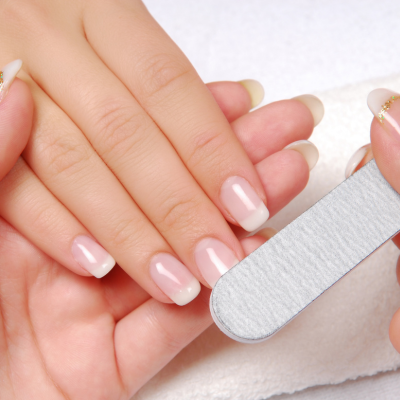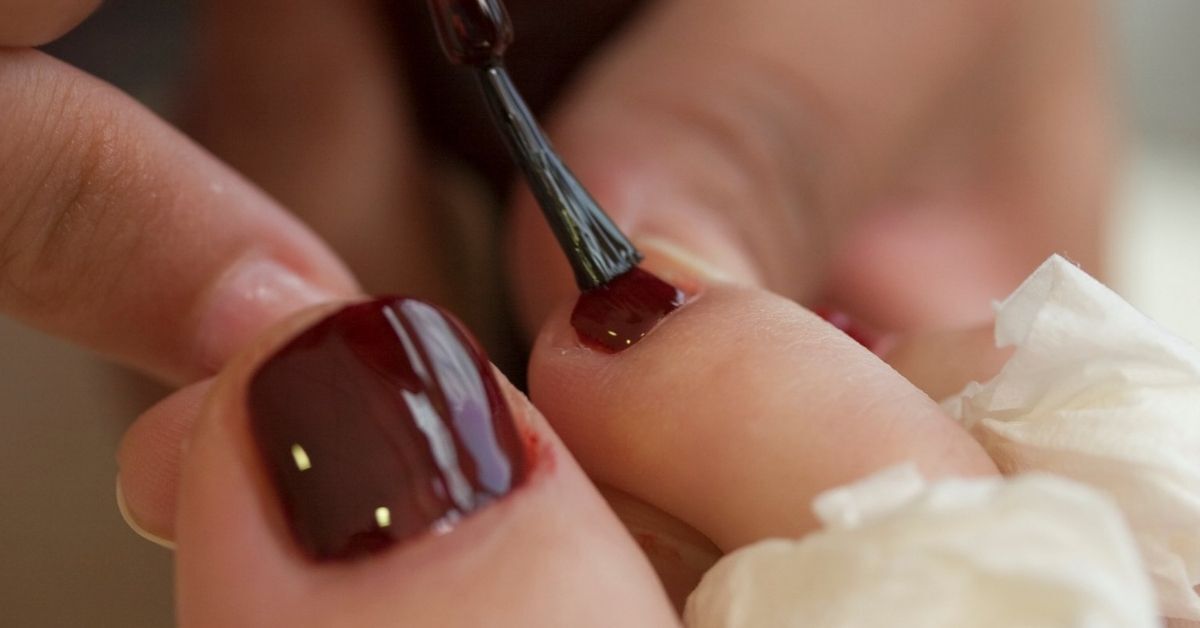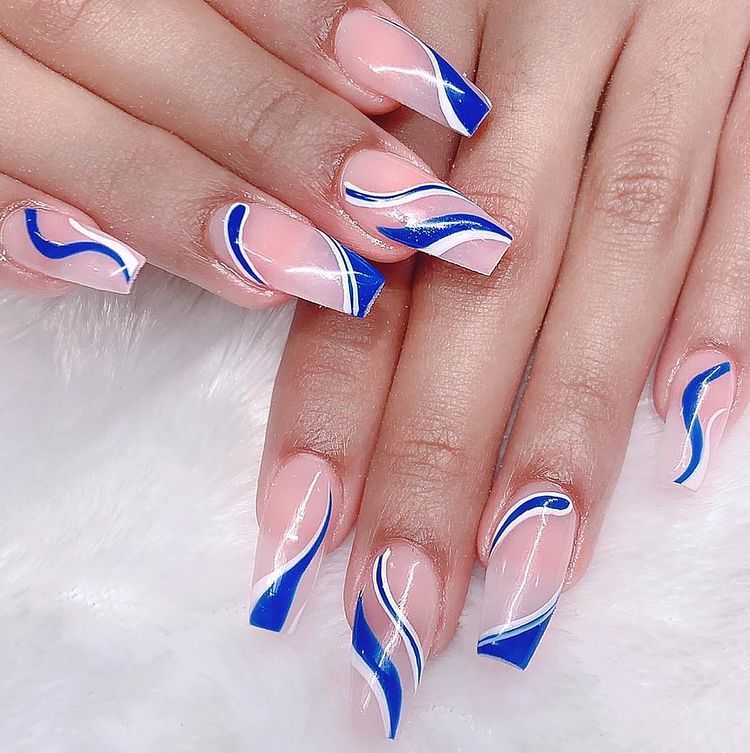Open on New Year's Day: 01/01/2026 Cozy Glow Package: Soothing 10 minute Massage - Bonus: Includes No-Polish Manicure
7 Reasons Why Fingernail Hurts When Pressed
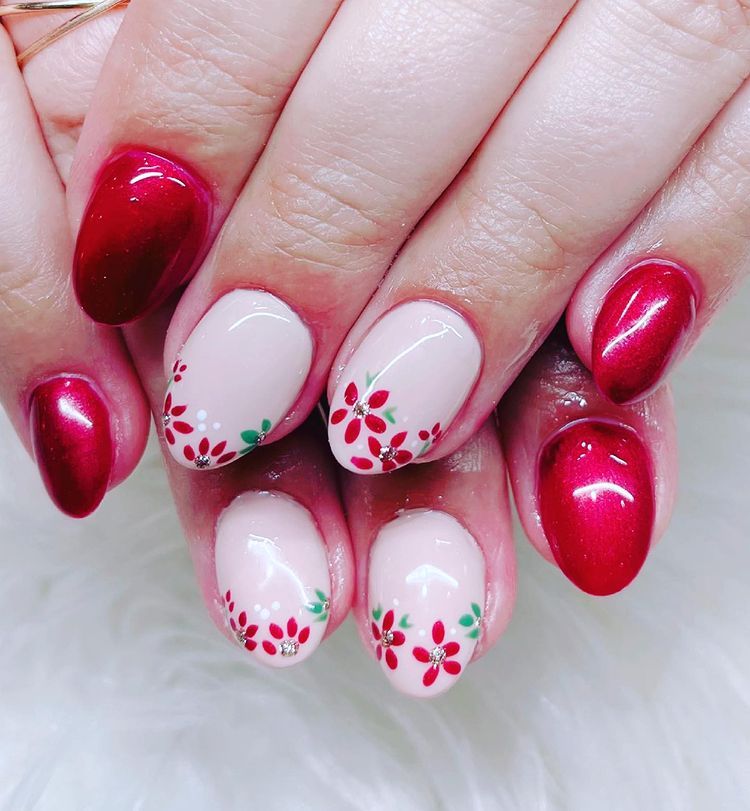
Our Simple Guide Understand Why Fingernails Hurt
When you press on your fingernail, you may suffer pain for a variety of reasons. Some are common, such as an injury, and can be managed at home.
However, there may be more significant causes of fingernail pain that necessitate medical attention. Here are seven possible causes of pain under your fingernail when squeezed, as well as what to do about it.
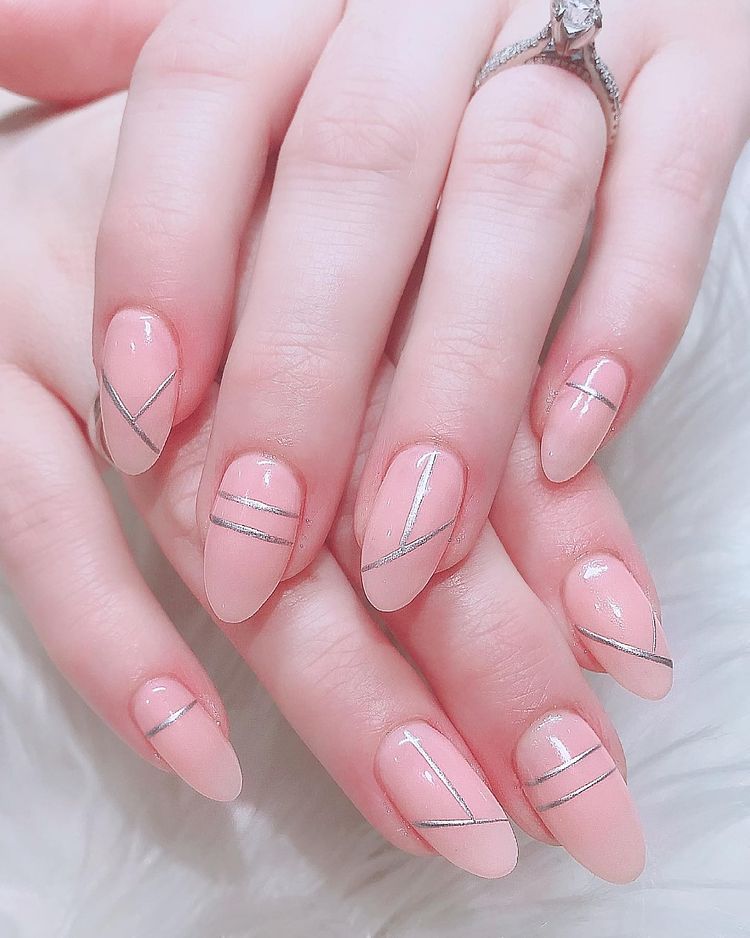
Ingrown Fingernail
Ingrown fingernails can occur if you cut or bite your nail too close to the nail bed, injure it, or have a fungal infection.
Ingrown nails are most typically found on the toes. They can, however, appear on fingernails and cause excruciating agony when pressing on the nail. It is a prevalent condition that affects 2.5 to 5% of people.
An ingrown fingernail can cause a variety of symptoms:
- pain
- tenderness
- bleeding
- swelling
- redness
What To Do At Home
The following are some home therapies for ingrown nails:
- Twice a day, for 10 to 20 minutes, immerse the finger in warm water
- To avoid infection, use a topical antibiotic cream.
- Applying a bandage to the affected area
When To Seek Medical Treatment
Several factors lead to the necessity for medical attention. They include the following:
- Persistent or irritating ingrown fingernails
- Fever
- Increase in finger swelling
- Redness
- Warmth around the area
These can be taken care of by:
- Antibiotics or steroid prescriptions
- Putting tape on the nail
- Putting a little cotton ball under the nail
- A treatment that involves the removal of part or all of the nail
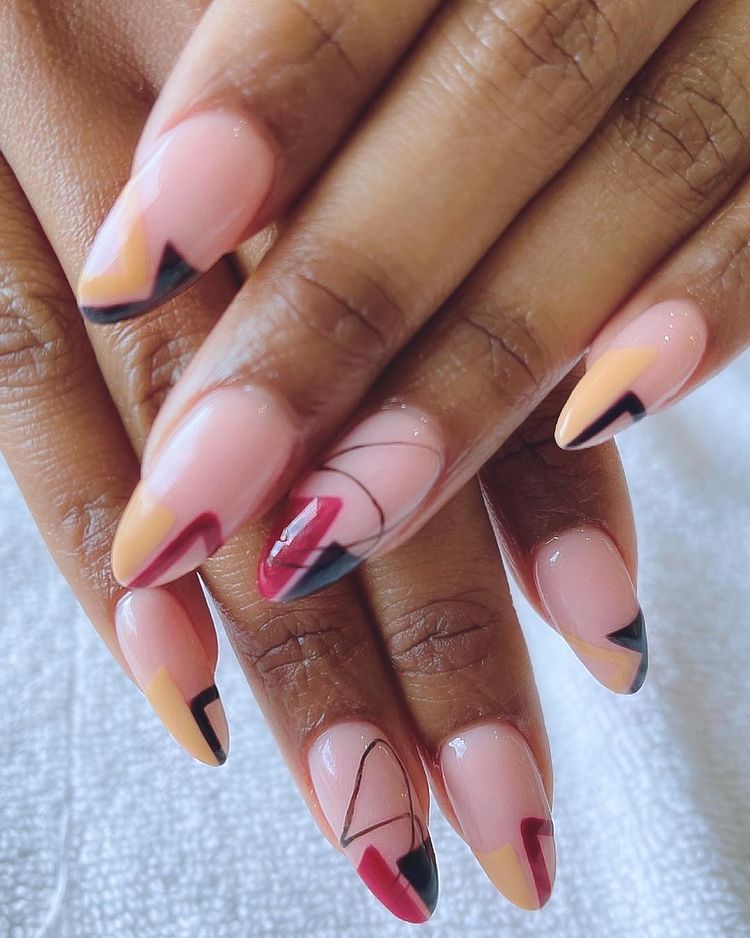
2. Torn or Cracked Nail
When you pressure on a peeled or broken nail, it may lead to pain and expose your nail bed. It can be really painful until new skin grows to cover the bare and exposed area. After a week, a fresh skin will appear, and the nail should regenerate or grow over the vulnerable area after a month or two.
What To Do At Home
For skin that is delicate and exposed beneath the nail bed:
- To cut any nails which are hanging off your finger, use clean tools like a nail clipper or nail scissors.
- Wash the nail and immerse it in cool water.
- To prevent infection, apply an antibiotic ointment.
- Cover the wound in a bandage as it heals.
When To Seek Medical Treatment
If the pain persists or the spot does not recover after a week, see a doctor. This could be an indication of an infection that requires medical attention.
3. Torn Hangnail
The thin part of the skin which surrounds your fingernail is known as hangnails. Because your skin becomes drier in the winter, hangnails become more common. If you tear or rip them, they can be painful and infection-prone.
What To Do At Home
Clean your hand thoroughly with soap and warm water to remove a ripped hangnail.
Apply an antibiotic cream to the nail and wrap it in a bandage.
When To Seek Medical Treatment
Hangnails that continue to ache or do not recover after several days may be infected, requiring medical attention.
To treat the infection, you may be given a topical or oral antibiotic.
4. Nail Fungus
Nail fungus can affect the appearance of your fingernail and create pain when you press on it.
The fungus can be contracted in damp conditions. Your nail may darken, get thicker or thinner, or become crumbly. If the fungus spreads, it could become painful.
What To Do At Home
You can prevent nail fungus with over-the-counter or at-home therapies like:
- tea tree oil
- oregano oil
- vinegar
- vapor rub
When To Seek Medical Treatment
To cure the fungus, a doctor may prescribe a stronger topical antifungal or an oral antifungal, or the nail may be completely removed.

5. Hematoma
When you smash your finger or drop something heavy on it, you get a hematoma. After the injury, blood or other fluid gathers beneath your nail, producing pain.
You might assume you have a bruise under your nail. The color of your fingernail will change to purple, brown, or black. The hematoma will disappear over several months as your nail grows.
What To Do At Home
At home, you can take care of a fingernail hematoma by:
- resting your finger
- applying a cold compress
- elevating the finger
- To stop further bleeding, gently press on the nail.
- taking over-the-counter pain medication
When To Seek Medical Treatment
Hematomas that worsen or become excruciatingly painful require medical attention.
If your nail bed is harmed, see a doctor. To release the pain, a doctor may suggest draining the hematoma.
6. Paronychia
Paronychia is the swelling that surrounds your fingernail or toenail. It can be unpleasant and cause skin redness. This is a condition that can strike anyone at any time.
It can occur if you have a cut near your nail (acute) or if you perform actions that cause your hands to become cold and moist (chronic). This sickness can be caused by fungi, bacteria, or dermatitis.
What To Do At Home
A fingernail injury can be treated by immersing it in warm water for 20 minutes at a time. Keep your hands dry and warm to alleviate chronic paronychia. It's also a good idea to keep your nails clean.
When To Seek Medical Treatment
Antibiotics, steroids, antifungals, or other medical treatments such as drainage or nail removal may be required to treat this illness.
7. Subungal Tumors
Subungal tumors form as nodules underneath the fingernail and can inflict severe pain. These tumors could be benign or dangerous, and they'll need to be diagnosed and treated by a doctor.
When To Seek Medical Treatment
One or more in-office or diagnostic tests can be used to identify the tumor. The tumor will most likely be removed by extracting all or part of the nail, then removing it once the skin is exposed.
If you're experiencing any of the following symptoms, see a doctor right away.
- You're in a lot of pain that's becoming worse.
- The nail has popped out or has become open.
- Bleeding is impossible to control.
- Around the nail, you notice red streaks.
- There is a lot of edema in your body.
- You have fingernail soreness or an injury that isn't healing after a few weeks or months
Conclusion
When you press your fingernail, you may have pain under it for a variety of causes, including injury or infection. A tumor under the nail is one of the most significant reasons for fingernail pain.
With a cold compress or a warm soak, you might be able to relieve the pain at home. Antibiotics may be required to keep your nail from becoming infected.
If you're in a lot of discomforts or think the symptom is due to something more serious, see a doctor.




